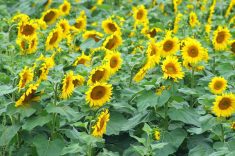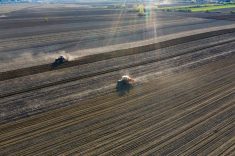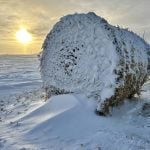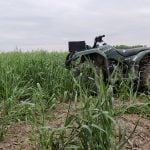Agronomists in northeast Saskatchewan hope to find ways for local farmers to change rotations from the current two-year norm
The reality of crop rotations in northeast Saskatchewan today is a two-year canola/cereal rotation. The gradual transition to this rotation over the last 10 years has been driven primarily by economics and now weather considerations.
“Over the last three years we have seen pea acres decline and they are almost non-existent now as excessive and untimely rains, combined with higher than usual disease pressure, both soil borne fusarium, risoctonia and pythium, and in-crop downey mildew, ascocyta and sclerotinia have made producing a profitable pea crop extremely challenging,” says Wade Annand, owner and consulting professional agrologist with Ag Grow Consulting Ltd., based out of the Nipawin and Melfort. Annand and his team work on a daily basis with farmers who are changing their rotations for a variety of reasons.
Read Also
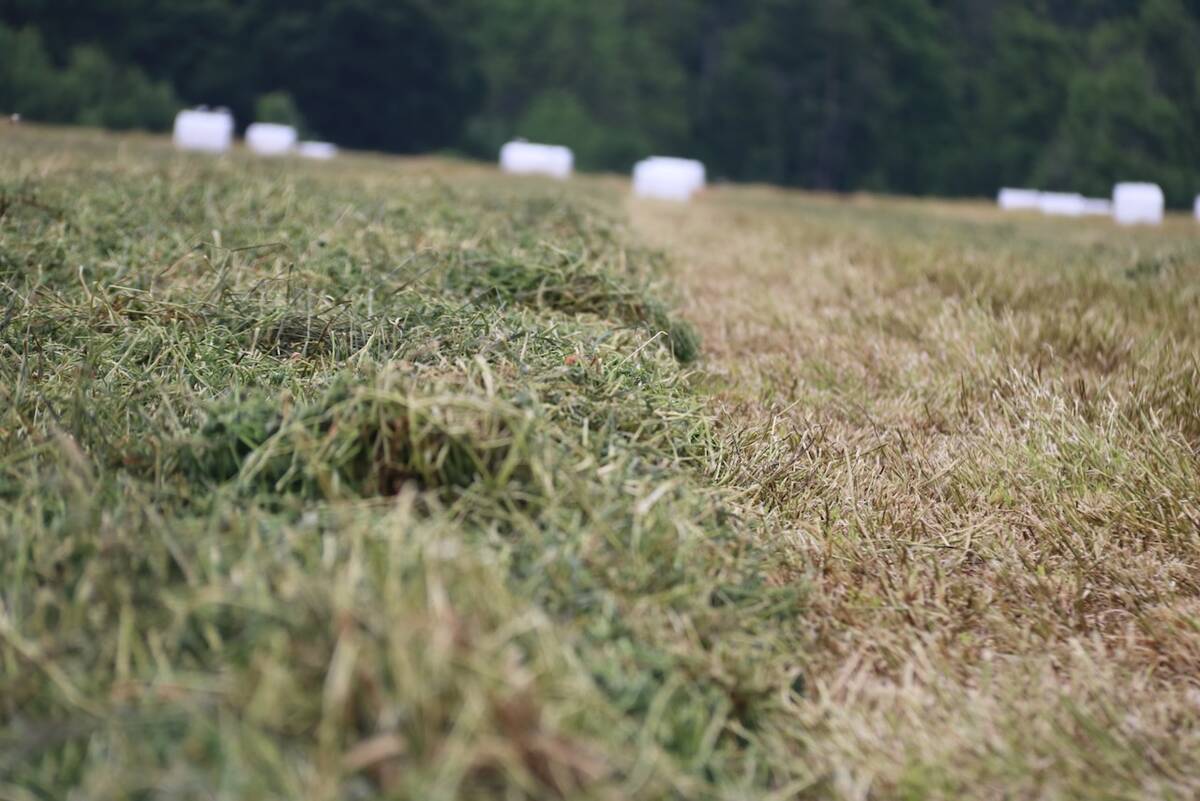
New high-performance forage training program to launch in 2026
A new Canadian Forage and Grasslands Asssociation high-performance forage program will be a resource for farmers, agronomists and others in the forage sector.
Two-year rotations
“We are clearly seeing the impact of the two-year rotation in northeast Saskatchewan, even on the farms that have tried to maintain a four-year rotation that includes a pulse crop,” says Annand.
“Increased sclerotinia pressure is concerning us to a point now that two applications of a fungicide are not out of the question. To date we are not experiencing a lot of pressure from blackleg, but we know that other parts of the Prairies are and that it is just a matter of time before it becomes a problem here. We are also seeing increased insect pressure and believe that it may in part be due to the increased acres of host crops.”
The two-year rotation common in northeast Saskatchewan has led to two very interesting combinations of weed problems. “Initially 46A76 Clearfield canola was an extremely popular variety in this region,” says Annand. “It was not uncommon for it to be seeded every other year with wheat as the break.”
This led to the development of Group 2 resistant weeds including cleavers, chickweed, hemp nettle and mustard. The products used initially in this system also commonly required a Group 1 herbicide for grass control in that year.
“The more recent strength of the Invigor canola genetics changed that rotation here to an Invigor canola/cereal rotation,” Annand goes on to say. “Some people estimate that Invigor canola in northeast Saskatchewan in the early to mid-2000s held 80 per cent market share. To date we don’t find that this system has created any resistant weed problems for us, however, its weakness on cleavers, hemp nettle and wild buck wheat, as well as its general use pattern including a Group 1 herbicide for wild oat control has led to a buildup of these weeds.”
Annand’s experience is that the use of Group 1 wild oats herbicides in each of these systems has contributed to the level of Group 1 resistant wild oats that are prevalent in the area. In each of these scenarios the volunteers have become considerable weed problems the next time the same herbicide tolerant system is grown.
Northeast agronomics
In northeast Saskatchewan rotation management is likely different than in many parts of the Prairies. Farmers in that area face their own set of economic and environmental conditions which dictate that a canola/cereal rotation is the norm now, and likely will continue to be at least in the short term.
“We find now that we are working with our customers to rotate the herbicide tolerant system and the genetics within that system if it is possible,” says Annand. “We also find that we are working toward having more than just wheat as the cereal crop. Including oats and barley in rotation helps us to change the seeding dates in the years that are not canola and change the competitiveness of the cereal against the weed problem.” Changing the timing of the non-selective herbicide applications can go a long way to impacting overall weed populations as well.
Ag Grow Consulting would like to see farmers in this area be able to get back to a longer rotation and reduce their dependence on canola as a cash crop. To help in that advancement, Ag Grow Consulting started a research company AGC Research, with a goal of providing farmers in northeast Saskatchewan with local information on an on-going basis.
“As part of our research initiative we have begun to look at corn as an option, and plan to seed it again in 2013,” explains Annand. “We also plan on seeding a number of varieties of soybeans in 2012. In both cases we are looking at the whole agronomy package for these crops to ensure that we can help growers get started on the right foot. We believe that breeding advances of these crops will make them rotational options for us in the next five to 10 years.” †



